Introduction
In 1938 RJ entered this aircraft in the inaugural Hartlepool to Oslo floatplane race. The aircraft wasnt much bigger than the GeeBee R1 aircraft used in American land based racing of the same era.
Originally designed to have a pilot and a navigator (who would have been squished into the void between the main float and the fuselage) this model instead just had a single pilot and a bit more fuel for the journey. Designed around a 1000hp engine it had a bit more power than the aforementioned GeeBee R1 (which had 800hp) but also a bit more drag from the floats etc.
Controls
AG1 = start the engine
AG8 = shut the cockpit
Vtol dn = flaps
Pictures


Specifications
General Characteristics
- Created On Windows
- Wingspan 28.1ft (8.6m)
- Length 24.4ft (7.4m)
- Height 12.0ft (3.7m)
- Empty Weight 3,148lbs (1,428kg)
- Loaded Weight 3,827lbs (1,735kg)
Performance
- Horse Power/Weight Ratio 0.261
- Wing Loading 18.7lbs/ft2 (91.4kg/m2)
- Wing Area 204.5ft2 (19.0m2)
- Drag Points 1227
Parts
- Number of Parts 526
- Control Surfaces 0
- Performance Cost 1,553

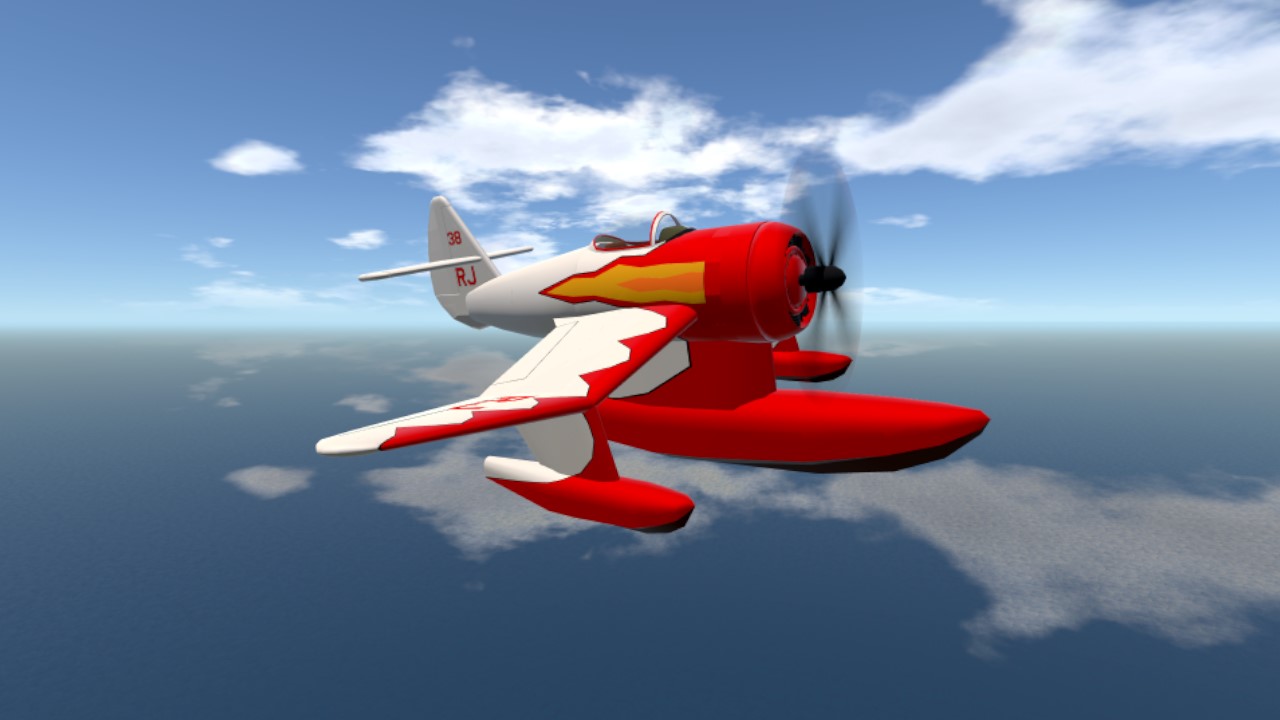
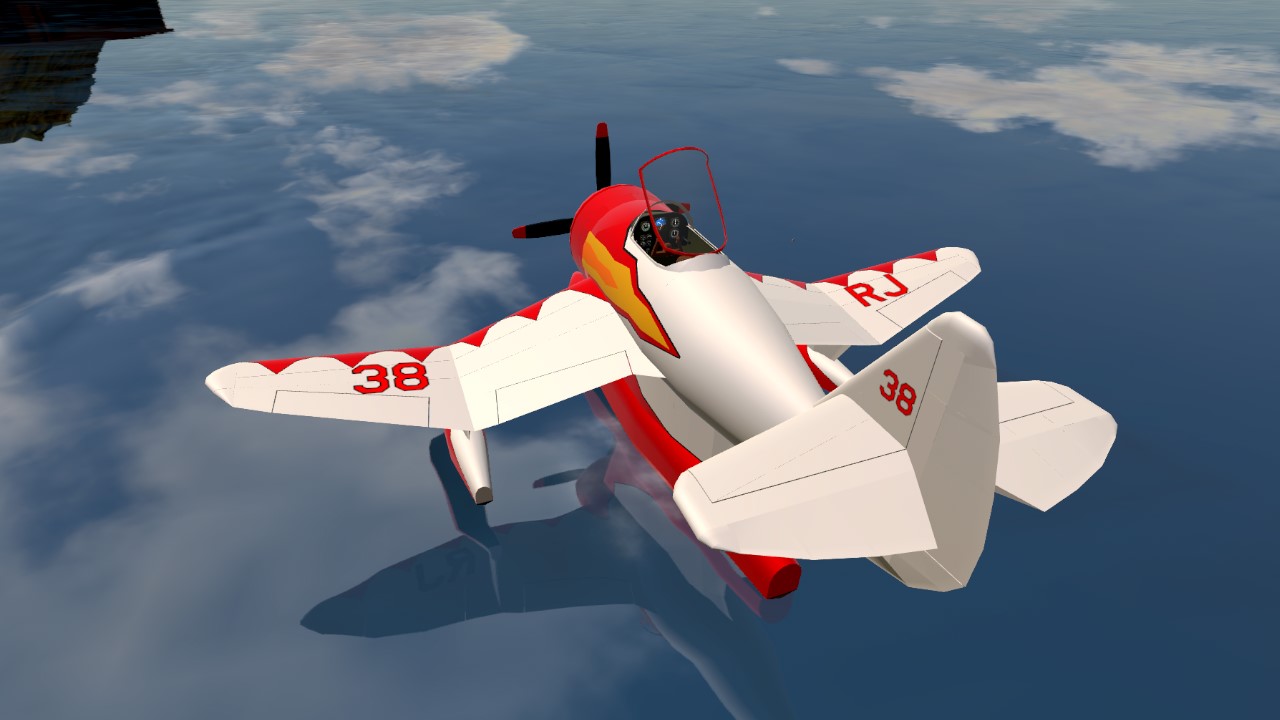
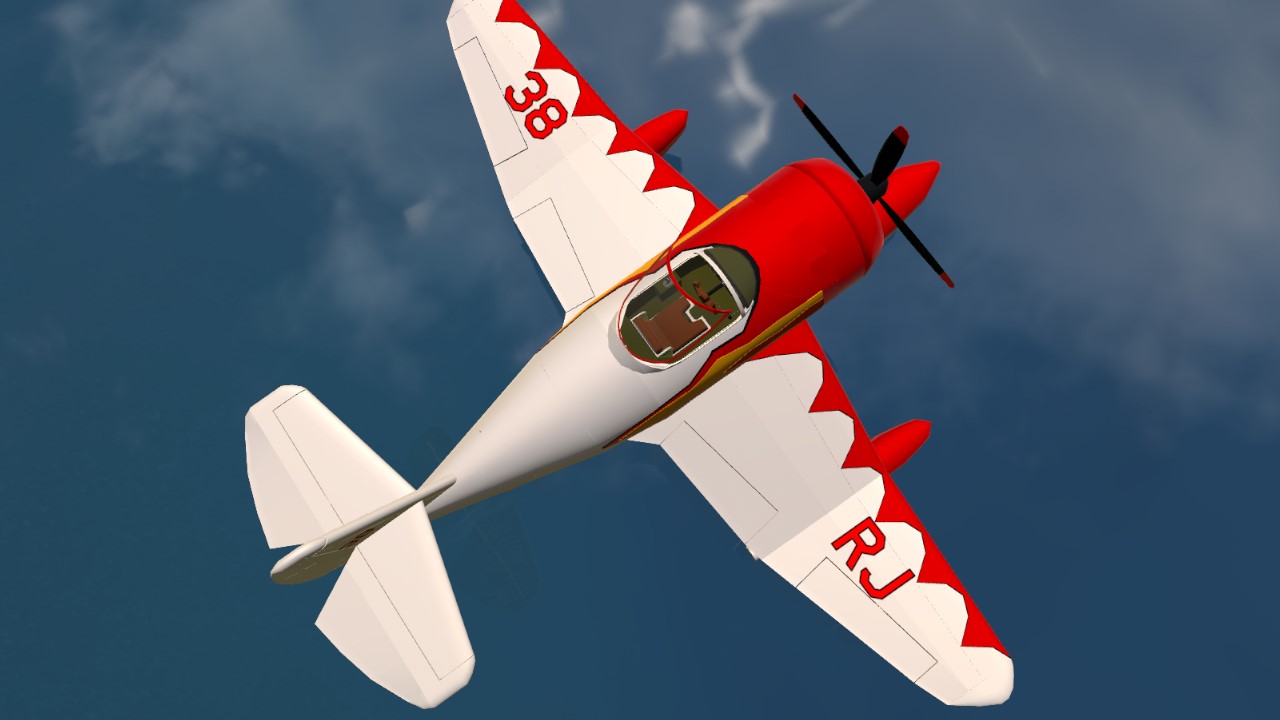
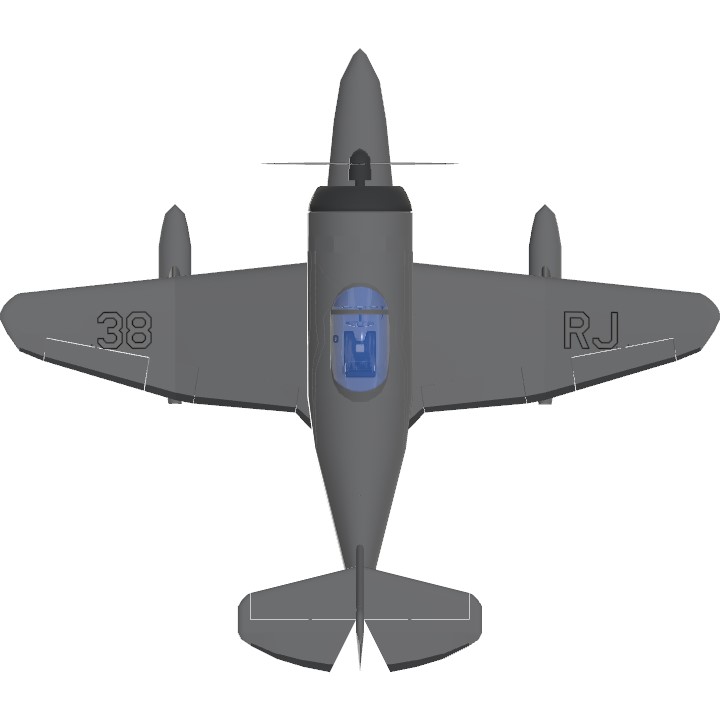
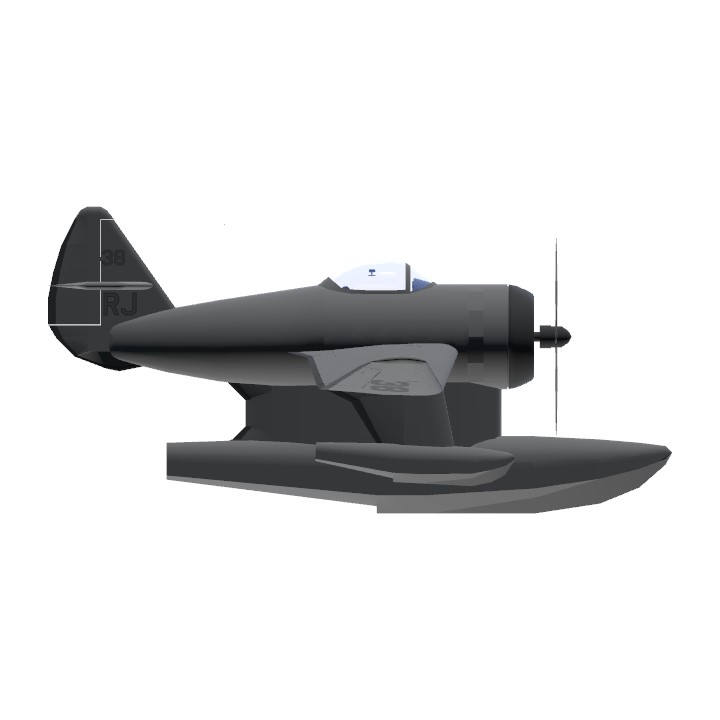
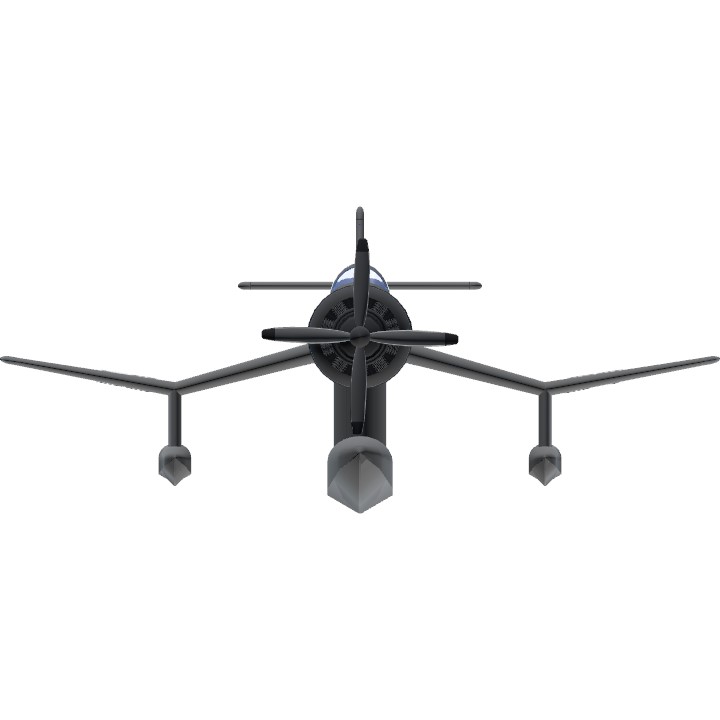
@RamboJutter infact, because of the shape of the floats, meant to be fluiddynamic, a shape that directly translates to air, they've less drag then fixed gear craft of the era
it's like an F6F, F4U, and a Boeing JF Duck had a baby...
very well done!
@StockPlanesRemastered thanks for the comment. I can appreciate that seaplanes of the era were fast (sneider trophy etc) but I can't help but think that the floats with all their drag and weight probably ended up being the limiting factor in top speeds. Glad you liked this one though.
Did you know that the very first planes to break 300 mph were seaplanes? This is because at the time, retractable landing gear wasn't as developed as it was in the 40s. Most aircraft, especially racers that needed to save weight, had fixed landing gear. However, to reach 300 mph, planes required tremendous power and torque, often driving countrarotating propellers.
With it's floats and gull wing, this plane probably would have been very fast.
@CrazyCatZe i would say : "Duppy!"
Very beautiful late 30s era racer, i would affectionately call it "the rubber duck"
beautiful and fun
I think this deserves the name "guppy"